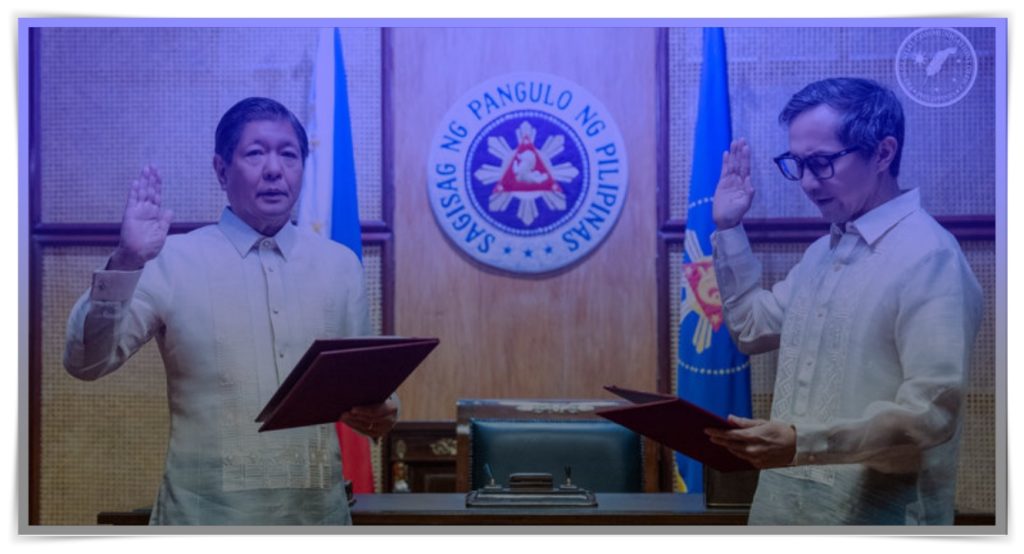President Ferdinand Marcos Jr. is steering the country’s transportation system away from its long-standing dependence on private cars. Department of Transportation (DOTr) Secretary Vivencio “Vince” Dizon confirmed this initiative during a Palace press conference on Friday, emphasizing the need for a shift toward mass transit and pedestrian-friendly urban spaces.
Dizon acknowledged that the current system is overly reliant on cars, making roads more congested. “In the past, the solution to traffic has always been building roads. But building roads attracts more cars,” he explained. “We have to veer away from that, and I think we are veering away from that, which is what the President wants.”

Prioritizing High-Capacity Mass Transit
Rather than continuing the cycle of road expansion, the government is focusing on “high-capacity mass transit” systems and urban planning strategies that encourage walking. Dizon cited the Edsa Greenways Project, an initiative announced in 2024 that aims to improve pedestrian pathways along Metro Manila’s busiest thoroughfare.
“We just have to think out of the box and find ways—like the Edsa Greenways project, which is an innovative way to help our commuting public who want to walk,” Dizon stated.
Future Policies and Challenges
When asked about alternative measures such as four-day workweeks, congestion fees, or restrictions on private cars, Dizon remained cautious. He explained that these policies require thorough study to ensure they benefit commuters rather than create new challenges. “We’ll just have to find ways to balance everything because it’s a balancing act,” he added.
While no concrete timelines were provided, the DOTr’s commitment to reducing reliance on private vehicles aligns with broader efforts to make Philippine cities more sustainable. This shift could lead to reduced traffic congestion, improved air quality, and enhanced mobility for the growing population.
Long-Term Impact and Implementation
The Marcos administration’s push for mass transit reflects a global trend toward sustainable urban mobility. By investing in better public transport infrastructure and pedestrian-friendly projects, the government hopes to create a more efficient and accessible transportation network. While challenges remain—such as funding, public reception, and coordination with local governments—Marcos’ vision signals a transformational shift in how the Philippines approaches mobility. With strategic planning and execution, the country could soon experience less congested roads, cleaner air, and a more commuter-friendly urban environment.